Generative AI Art Tools
The world of art and design is constantly evolving, as creatives continue to explore new ways of expressing their imaginations. Recently, a significant shift has been observed with the emergence of Generative art, a new genre that harmoniously blends human creativity with cutting-edge Artificial Intelligence (AI) technology. In this blog post, we will introduce you to the fascinating realm of Generative AI art tools, which have the potential to redefine the way we create and consume art. From digital painters to graphic designers, these powerful tools allow artists to push the boundaries of traditional mediums and delve into an exciting world of infinite possibilities. So, without further ado, let's embark on this captivating journey of innovation, inspiration, and artistic expression, powered by AI.
The Evolution of AI in Art and Design
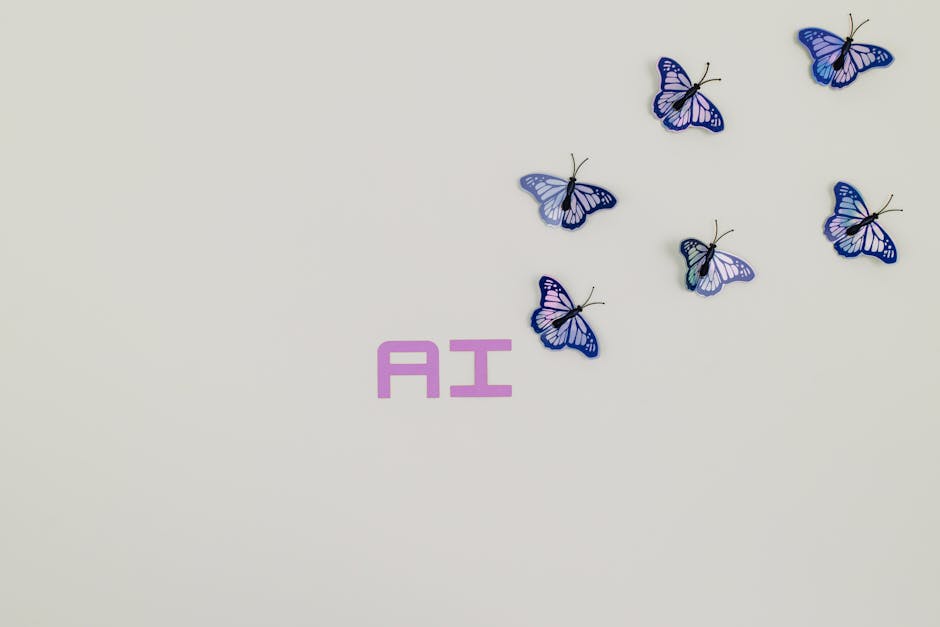
Photo by Tara Winstead on Pexels
The evolution of AI in art and design has been nothing short of remarkable in recent years. What was once a niche domain for computer enthusiasts has now blossomed into a thriving world of creativity and innovation, leaving many in awe of its vast potential. Gone are the days when artists needed to spend laborious hours to perfect their craft; today's AI-powered tools are capable of generating stunning designs and intricate artwork in a matter of seconds.
These generative AI tools utilize advanced algorithms that learn from vast databases of existing art styles and patterns, allowing them to generate new outputs with minimal human intervention. This revolution in the creative sphere has opened up new possibilities for both artists and non-artists alike, offering a whole new realm of potential to explore.
As AI continues to advance and become more refined, we can only imagine the new heights of artistic and design possibilities it will unlock in the future.
How Generative AI Art Tools Work
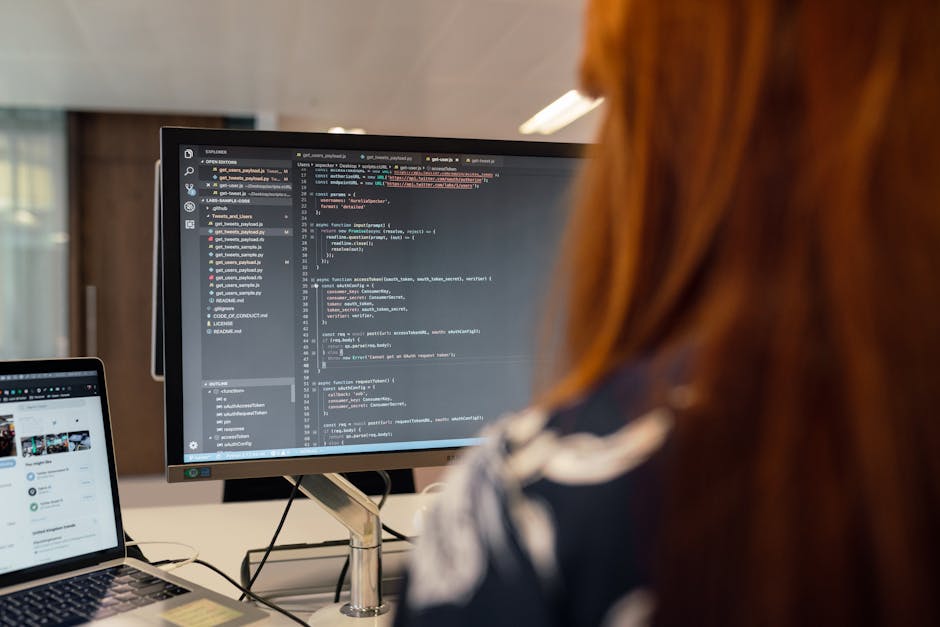
Photo by ThisIsEngineering on Pexels
The magic behind Generative AI Art Tools lies in the utilization of artificial neural networks, specifically Generative Adversarial Networks (GANs). These networks are composed of two distinct parts: a generator and a discriminator. The generator creates new images, while the discriminator's job is to determine whether the image is an authentic artwork or generated by the generator.
To create art, the generator is fed with numerous examples of existing artworks and learns from them by analyzing their features and patterns. Once trained, it attempts to create something new, inspired by the learned data. The discriminator then evaluates this new creation to determine its authenticity and provides feedback to the generator.
This process continues iteratively, with the generator improving its creations and the discriminator getting better at identifying generated art. Over time, the generator becomes capable of producing striking and intricate artwork that is both unique and visually appealing.
This fascinating interplay between the generator and the discriminator allows Generative AI Art Tools to deliver impressive results in crafting innovative and complex art pieces that capture the essence of various artistic styles.
Benefits of Using Generative AI Art Tools in Creative Processes
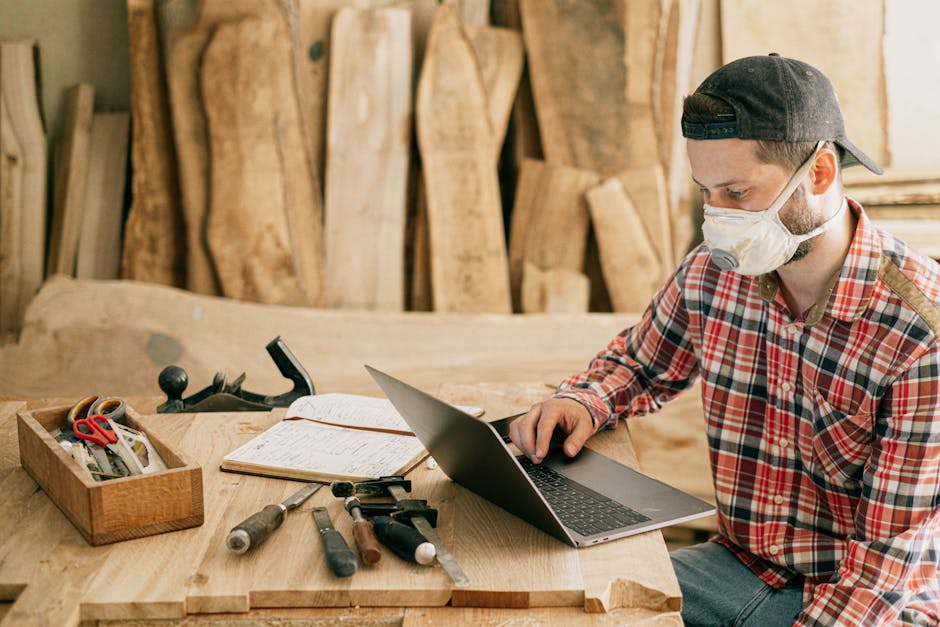
Are you seeking innovative ways to elevate your creative processes? Look no further! Generative AI art tools are quickly becoming a game-changer for designers, artists, and creatives of all backgrounds.
These cutting-edge technologies work by synthesizing and combining various artistic styles, producing stunning visuals that are uniquely expressive and captivating. What's more, AI-powered creative tools enable you to generate artwork faster, bolstering your productivity and efficiency.
Imagine the competitive advantage you'll gain by incorporating these tools into your creative process. You'll be able to iterate more rapidly, explore new design ideas, and adapt your work to the ever-evolving market demand—all while boosting the impression of your creations.
The Top 10 Generative AI Art Software and Platforms
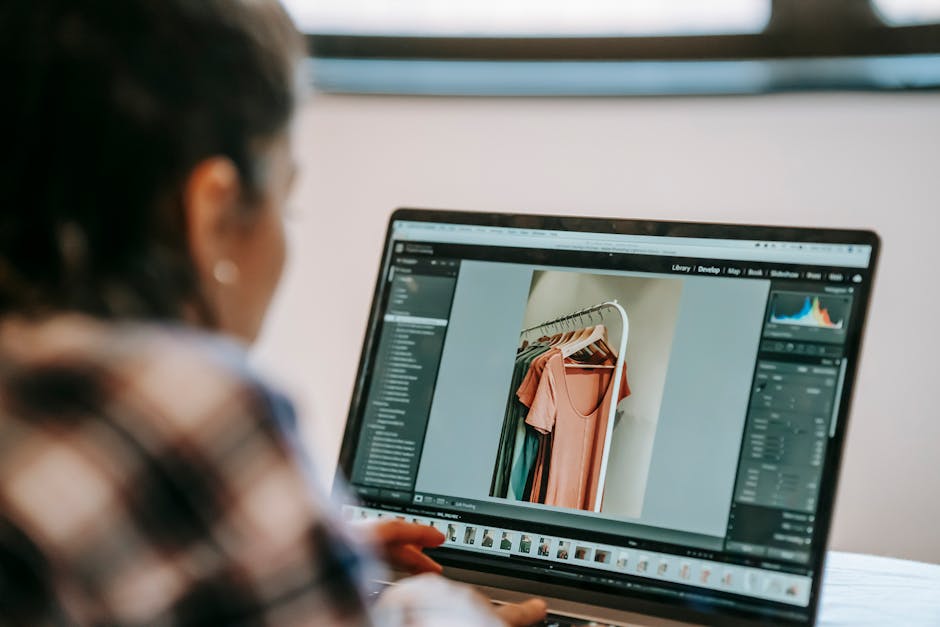
Photo by Liza Summer on Pexels
In recent years, generative AI art has disrupted the creative landscape by combining the power of artificial intelligence with human creativity. These tools not only save time for artists but also provide endless inspiration and opportunities to explore new creative directions with ease. Here's a top 10 list of generative AI art software and platforms that are helping creators unleash their artistic potential.
1. DeepArt.io: Transform your photos into artwork using neural style transfer algorithms.
2. Google DeepDream Generator: Turn your images into dreamy, surreal landscapes.
3. Runway ML: An all-in-one platform for creative machine learning tasks.
4. Artbreeder: Generate unique, collaborative art pieces.
5. NeuralStyler: Apply artistic styles to your videos and images.
6. PaintsChainer: An AI-powered platform for digital painting.
7. DALL-E: Generate illustrations and images from textual descriptions.
8. GANPaint Studio: Modify images with intuitive tools using GANs.
9. Ostagram: Seamlessly blend two images together using neural networks.
10. Let's Enhance: Enhance and upscale your photos using AI technology.
Whether you are a digital artist or merely an AI enthusiast, these platforms and tools are worth exploring to extend your creative reach.
Collaboration between Artists and AI: A New Era of Art
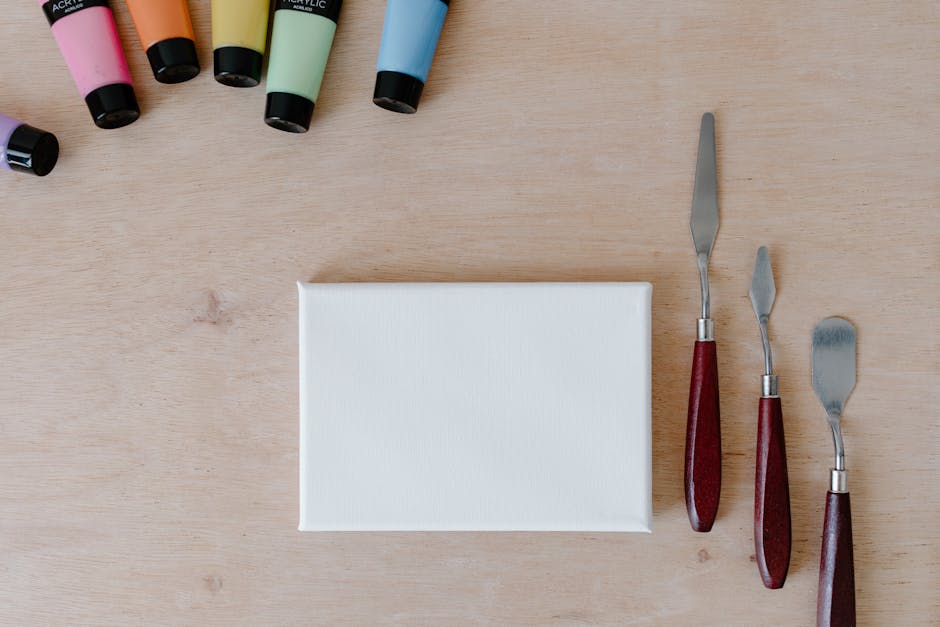
The advent of generative AI art tools has ushered in a new era of collaboration where artists and artificial intelligence work hand in hand to produce awe-inspiring and thought-provoking pieces. These unique partnerships allow for limitless creativity, as AI algorithms learn from the artists' input and build upon it to develop innovative and highly personalized artworks.
By embracing the capabilities of AI, artists can enhance their own work and explore new creative avenues. Machine learning algorithms can craft intricate patterns, brilliant color combinations, and surrealistic imagery at an unprecedented speed, providing artists with raw materials they can either use directly or refine further in their own creative process.
This new era of collaborative art fosters growth and pushes the boundaries of what was once considered possible, while also engaging in ongoing discussions surrounding AI's role in creative expression. In this technological renaissance, the synergy between artists and AI is reshaping the art world, unlocking new doors for both creators and admirers alike.
Potential Challenges and Ethical Concerns in AI-generated Art
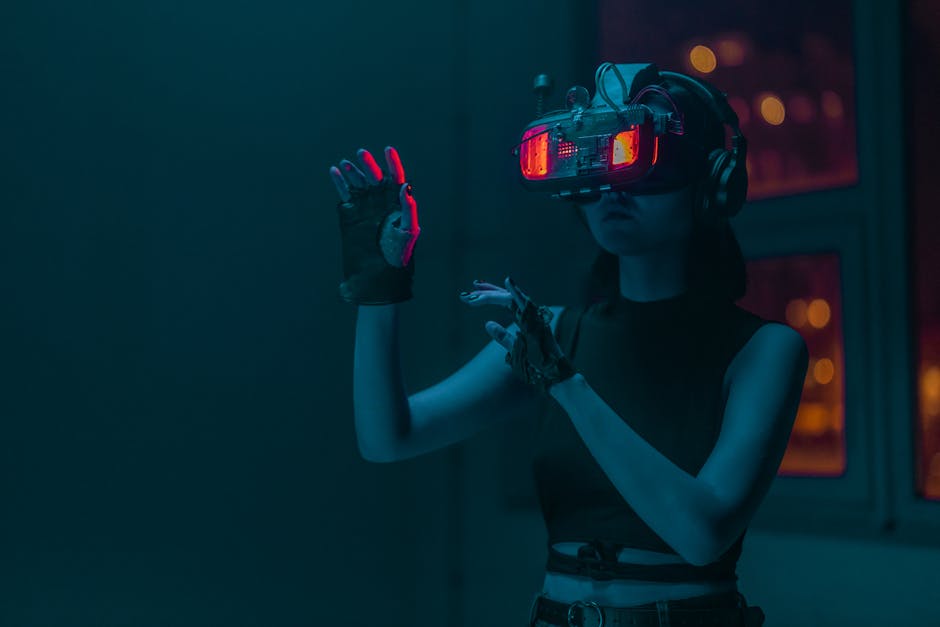
Photo by cottonbro studio on Pexels
As AI-generated art becomes more prevalent, it's crucial to address potential challenges and ethical concerns surrounding this technological advancement.
One primary issue lies in determining the ownership and copyright of the art created. Legally speaking, should the credit go to the AI or the human programmer? This question opens a Pandora's box of potential issues, including intellectual property rights and royalties, which need to be addressed by policymakers and stakeholders.
Moreover, the inception of AI-generated art raises ethical concerns about the preservation of cultural, historical, and personal values in the artistic realm. Can AI truly grasp the complexities of human emotion and cultural significance to create authentic, meaningful art?
As the line between AI-generated and human-created art becomes blurred, the art community must confront these challenges in order to maintain the integrity and value of artistic expression.
Future Prospects of AI Art: Moving Beyond Boundaries
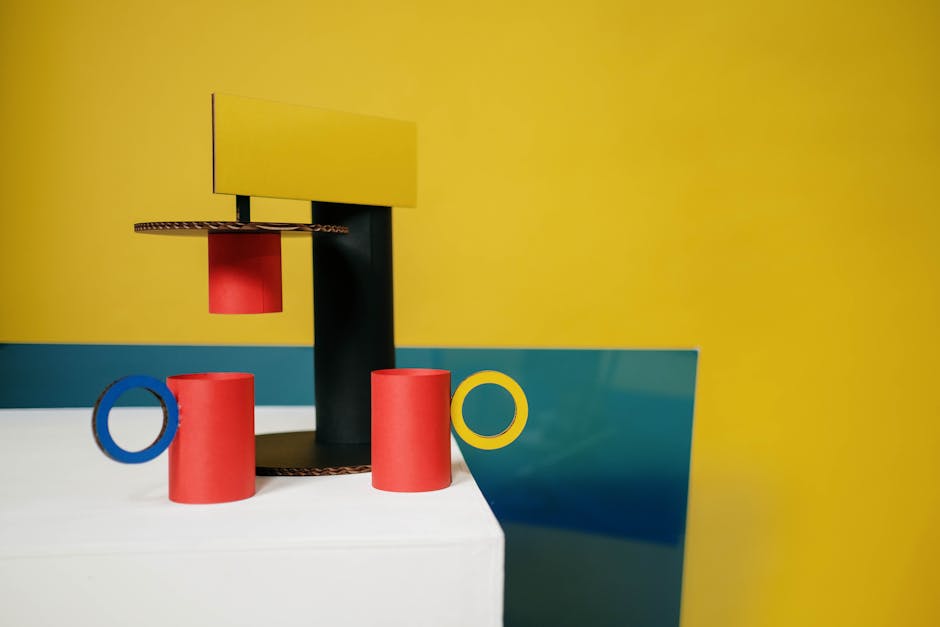
Photo by cottonbro studio on Pexels
The future prospects of AI art are truly astounding, with possibilities that move beyond the boundaries of traditional art forms. As generative AI tools continue to advance, artists and creators can expect these cutting-edge technologies to elevate their creative process, while exploring new artistic dimensions.
In a near future, AI art could potentially enable exciting new mediums for self-expression, blending human imagination with an AI's computational power, resulting in extraordinary works of art. We'll see collaborations between human and AI artists, blurring the lines between art and technology even further.
Moreover, applications of AI art aren't limited to just visuals; from music to literature, endless realms of creativity will be unlocked by the synergy between humans and AI. As we step beyond the limits of our imagination, we'll not only be marveling at the masterpieces but also redefining what we perceive as art.


